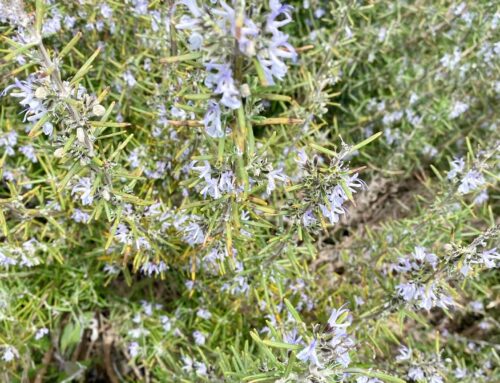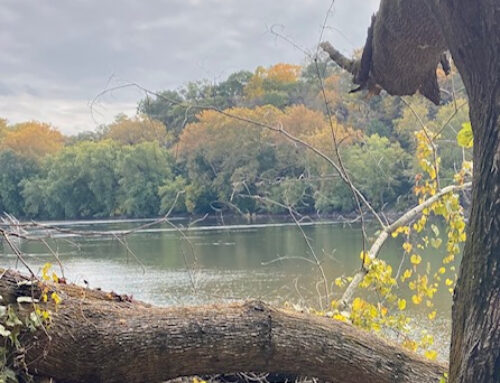
A hotdog named after a cadaver, and filled with ‘stuff’. Somehow, this made perfect sense in the 1980s.
As a kid growing up in the 1980s, becoming an organic farmer was quite possibly the last thing on my mind. The Eighties brought us Nintendos, rock stars with nouns for names, and “mom-I-gotta-have-that” food wizardry such as Fruit Roll-Ups and Frank-N-Stuffs. On our family farm in West Virginia, I was breakdancing to the sweet synth rhythms of Axel F, and singing falsetto to A Ha’s Take on Me—although I never understood what they were saying. In a decade famous for Miami Vice, velcro and My Little Ponies, who would have thought an organic revolution was building just beyond the pastel-neon horizon?
And yet, an entire generation of soon-to-be organic farmers grew up in the 80s. We were weaned on Brat Pack movies (I can STILL feel St. Elmo’s fire burning in me… would somebody please grab a fire extinguisher?), and went to college to become doctors and lawyers and such. So what made these kids trade in their Bugle Boy pants and jelly bracelets for free-range chickens and heirloom beets? How did we go from Yale to kale?
The 80s were founded on the illusion of perfection: perfect boyfriends, perfect bodies, perfect lives. But pursuing personal perfection can lead us to become perfect strangers as well, not knowing our neighbors, much less the farmer who grew our food. The immaculate lawns and sculpted hedgerows of suburbia certainly looked perfect, with nothing to rearrange. Yet, even amongst all this symmetry, sometimes you get a feeling… like you need some kind of change. Looking back on it now, I think that for my generation life in the Eighties might have felt a little too perfect.
As it turns out, organic farming was a natural fit for a generation raised on mass-produced box-store consumerism. After all, what better way to discover our roots than by working with roots? For these kids, the 80s were a guidepost to something more meaningful, suggesting both an open road as well as a road that’s hidden. We realized that sometimes you’ve gotta take a chance and face the wind. Beyond the suits and commutes, there really might be a brand new life around the bend.
But it wouldn’t be easy. As the Eighties galloped towards the Nineties, and farms were bulldozed for housing developments and strip malls, it seemed that the world was accelerating away from any connection to how our food was grown. In 1989, as I first began to consider organic farming, I asked myself: “Whatever happened to predictability? The milkman, the paperboy, the evening TV?” I was lost out there, and felt all alone. But just when things seemed their darkest, when I didn’t even make enough money at my first farmers’ markets to pay for my gasoline, little did I know: there really was a light waiting to carry me home.
The light at the end of our farm’s tunnel was this: a cadre of consumers who were also beginning to care about farming. These were people who wanted to know how their food was raised, how the soil was treated, how the livestock were tended. Customers who actually wanted to know their farmer, and valued food identity over anonymous supermarket fare. At long last here we were, farmer and customer, face to face. Hoping to find we were two of a kind, linked in our passion to make organic farming truly sustainable. Together—and only together—we were going to find our way. Customers and farmers both realized this could be about more than just money: It was also about the things you just can’t buy.
As McDonald’s and Cola Wars dominated the landscape, a small army of organic farmers, homesteaders and customers began to push back, proving that the world doesn’t move to the beat of just one drum. After all, wasn’t our country founded on the principle that what might be right for you might not be right for some? In the 1980s, the average age of the American farmer approached 60 years old. Suddenly, we needed a new generation to arrive on the scene, innovating agriculture with sustainable ideas. So what if some of these ideas were new or unconventional? After all, everybody’s got a different kind of story, and everybody finds a way to shine. These young farmers were taking risks, and proving that it takes different strokes to move the world.
Fast forward thirty years. We all know that making our way in the world today takes everything we’ve got… and having allies along the way sure did help a lot. After the nonstop rush of the 80s, maybe we all just needed to get away, away from a culture that valued cherry-red Porches over cherry-red cherry tomatoes. As the years passed, family farms became valued for the quality of food they produced, not how much profit could be squeezed from the soil. Gradually, happiness and job satisfaction trumped becoming Trump. Sometimes, you just wanna go where everybody knows your name, and it’s enough.
For our small farm, farmers markets were that place. People knew our name there, and we knew theirs. Customers genuinely cared how our season was going, whether we were getting enough rain, what our farming plans were for next season. We had finally found our local niche, a group of people who saw the value of collaboration. More than anything else, organic farming embraced the spirit of “us”. It begged the question: What would we do without “us”? Our patrons realized how deeply connected we all are to our food, our land, our earth. And as the 1980s receded into the past, more and more people recognized this connection as well, making organic food one of the fastest growing segments of the economy for the 21st century.
So there you have it: how the 1980s unexpectedly inspired a new generation of organic farmers—possibly through the boldfaced optimism of sitcom theme songs. You might be unconvinced that sustainable agriculture will satisfy global food supply demands, or that organic farming will remain a fact of life. But as someone who has been farming this way for nearly twenty years, I can say from personal experience: It takes a lot to get it right when you’re learning the facts of life.
Thank you Mrs. Garrett, wherever you are.








Leave a Reply